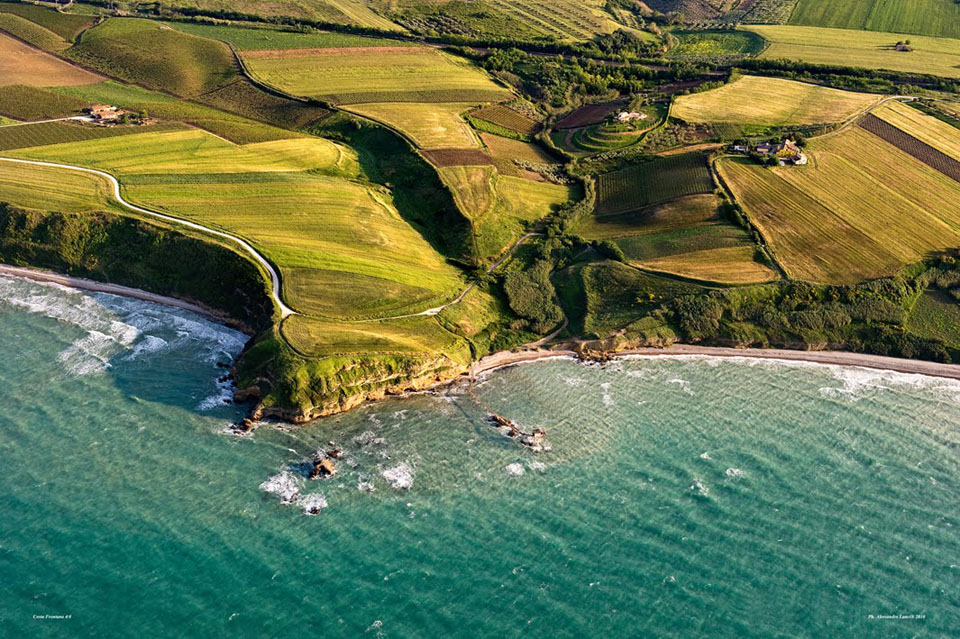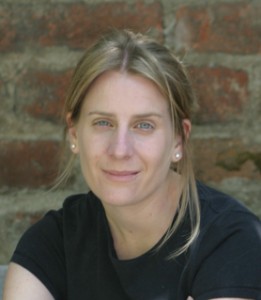CSUN Professor Leads Fight to Save Italian Coastline
Picture green mountains drooping down to a blue sea. Imagine the fresh scents of blossoming flowers, vineyards and olive trees mixing with the sea breeze. Envision a town with ruins dating to the time of Caesars buzz along the coastline.
This is the place Maria D’Orsogna grew to love in her youth – Abruzzo, Italy. The same place oil companies proposed to drill no more than a few miles off the coast. The lands of Abruzzo are mostly reserves and include the National Park of Abruzzo, the Park of Gran Sasso and the Laga Mountains. It is the largest parkland in Europe.
“I couldn’t accept that someone was going to uproot this beauty,” said D’Orsogna, an associate professor in the California State University, Northridge’s Department of Mathematics.
Her research interests are in statistical mechanics, mathematical modeling and computer simulations of biological and complex dynamical systems. She is also a member of the American Physical Society, the Society for Industrial and Applied Mathematics and the Biophysical Society.
Her work at CSUN seems far removed from the realm of fighting oil companies and preventing the destruction of precious lands.
“It’s just something that grew from no one else wanting to do anything,” she said. “Never in a million years did I think it would grow to this – me giving a lecture in the senate, writing a column for a national newspaper and debunking all the lies from corrupt politicians and oil executives.”
On Oct. 15, 2007, her phone rang. A friend from Italy told her that several companies were scouting the region for oil and drilling spots. D’Orsogna was in disbelief and felt hopeless, first resigning herself to the knowledge. However, having lived in California for years and knowing of laws against near-shore drilling, she knew she had to find a way to alter the fate of Abruzzo.
She immediately began researching the laws of the area, press releases to investors, and read up on everything related to oil drilling she could find.
Technology became important in her fight. D’Orsogna began a blog and Facebook page to expose the dangers of drilling, political corruption in the region and to protest the companies, including ENI, Petroceltic, MOG, Edison and Shell, that were scouting 50 percent of the region by 2009.
Her blog gained attention, including from the heads of oil companies and government officials. Even with the benefits of live-chat sites like Skype, she returned to Abruzzo often, planning trips during school breaks, talking to people and opening their eyes to the destruction oil drilling would bring to the land and to the towns.
“There is a myth that there is richness in oil,” D’Orsogna noted with a hint of disdain. “Companies said ‘drilling is for everyone,’ but it’s not.”
D’Orsogna has brought this story to her classroom, using it as part of a sustainability course. She now uses her story to inspire students to take action in causes they feel close to, proving that one person can make a difference.
“It was a lot of hard work and thick skin,” she said, noting the personal character attacks from oil companies and government officials who supported the drilling she endured. “I am just proud to say that what was once described as the biggest oil project in Italy will not happen now.”



 experience
experience